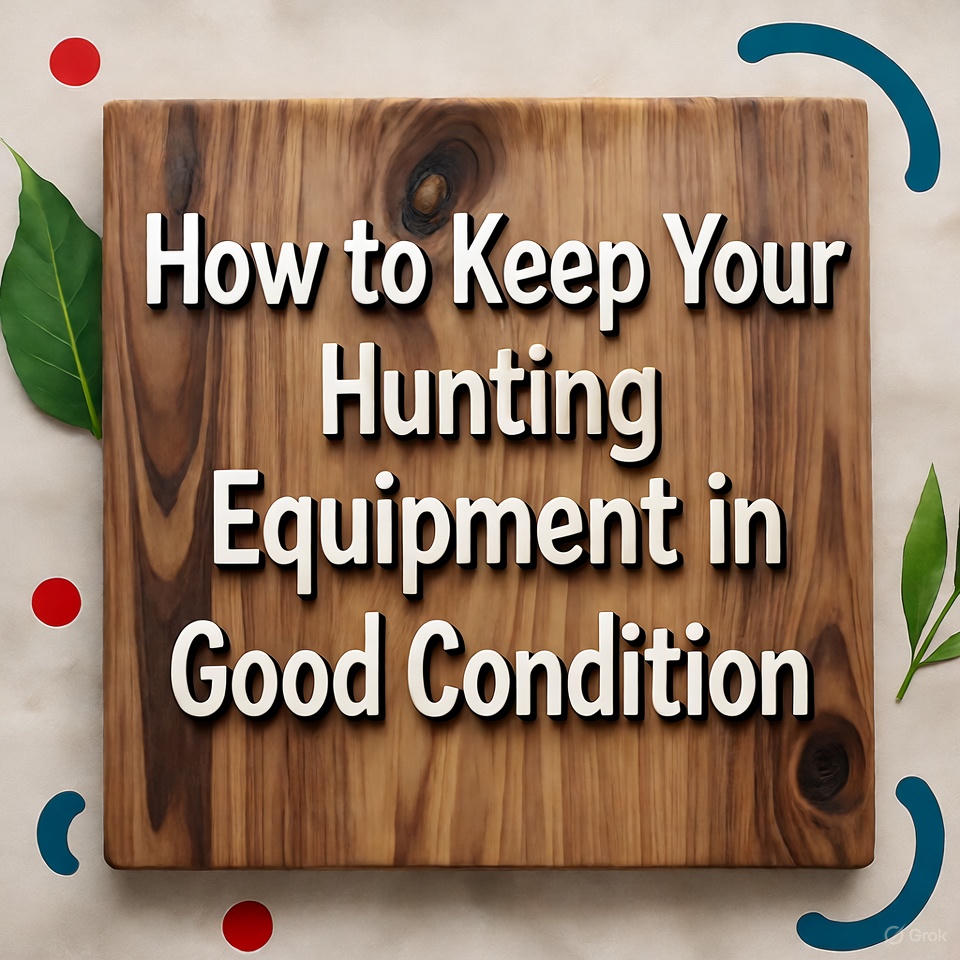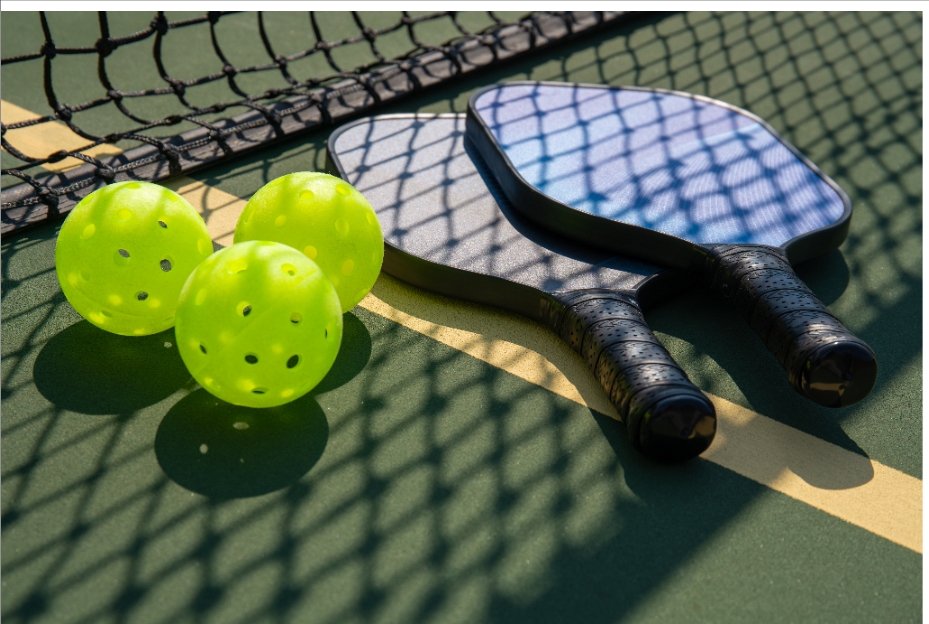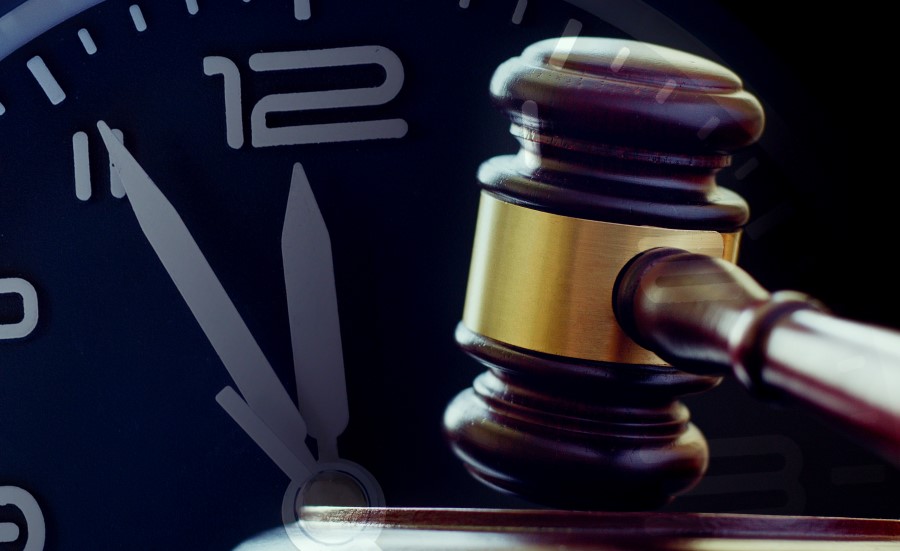Hunting equipment can be a costly investment, which is why it’s essential to keep your gear in good condition. After all, repairs and spare parts can be challenging to obtain and expensive to buy. Not only that, but malfunctions can be hazardous, especially when you are in the midst of a hunt.
Fortunately, there are several ways to keep your hunting equipment in optimal condition. This post summarizes three key steps to follow to ensure your tools work correctly in the future.
Inspect After Each Use
If you use your hunting equipment frequently, small issues may begin to appear, and these problems can worsen if left unchecked. Regular checks can reveal damage, missed maintenance needs like cleaning and lubrication, and wear. Identifying these issues enables prompt repairs and prevents further problems, such as component failure or rust, which ultimately contribute to a more reliable and successful hunting experience.
After each use, it is crucial to inspect hunting equipment. This involves checking for cleanliness, as well as damage and wear, to ensure functionality and safety for future trips. Of course, the inspection process will vary depending on the gear type, but it generally involves looking for dirt and proper function. For example, all mounts and screws should be tight when checking firearms, while bowstrings and cables should be inspected on bows.
Address Repairs Promptly
Proactive maintenance is required if you own hunting gear. If minor issues arise, they can quickly escalate into major problems and become costly to rectify. This is why you should address repairs promptly if they are identified during inspections. You will be better prepared for future hunts, with the risk of breakdowns minimized during the excursion, and your gear will likely have a longer lifespan.
After a thorough inspection, any issues must be addressed immediately. You must not delay repairs. Small problems can worsen over time, potentially leading to costly breakdowns or field failures. Any damaged or worn-out parts must be replaced as soon as they are identified to maintain the equipment’s functionality.
Maintenance should also be carried out, and this will hopefully reduce the likelihood of necessary repairs. You can consult your equipment’s manual for specific maintenance instructions, cleaning solution recommendations, and lubrication intervals. This will also include sharpening hunting blades, so it’s essential to invest in the best hunting knife sharpener for this task.
Complete Proper Cleaning
Hunting equipment requires regular cleaning to stay in good condition, particularly if you want to protect your investment and ensure a long lifespan. Neglecting your kit’s cleanliness can lead to degradation, a higher risk of spooking game, and malfunctions. Corrosion and rust are the results of moisture exposure, but regular cleaning and oiling create a protective barrier to keep tools functioning safely and smoothly.
Specialized products should be used when cleaning each item. For firearms, this will mean disassembling the gun and cleaning the core with a cleaning rod and solvent. All metal parts will need to be lubricated with a light coat of gun oil to prevent corrosion. Alternatively, bows will require an application or high-quality string wax to prevent fraying, and the limbs and riser will need to be wiped with a soft cloth.
To conclude, the equipment you use can make or break your hunting trip, which is why it’s essential to keep your gear in top condition. Improper cleaning and maintenance could result in malfunctioning tools and spooked game. In order to avoid this, follow the steps outlined in this post.






